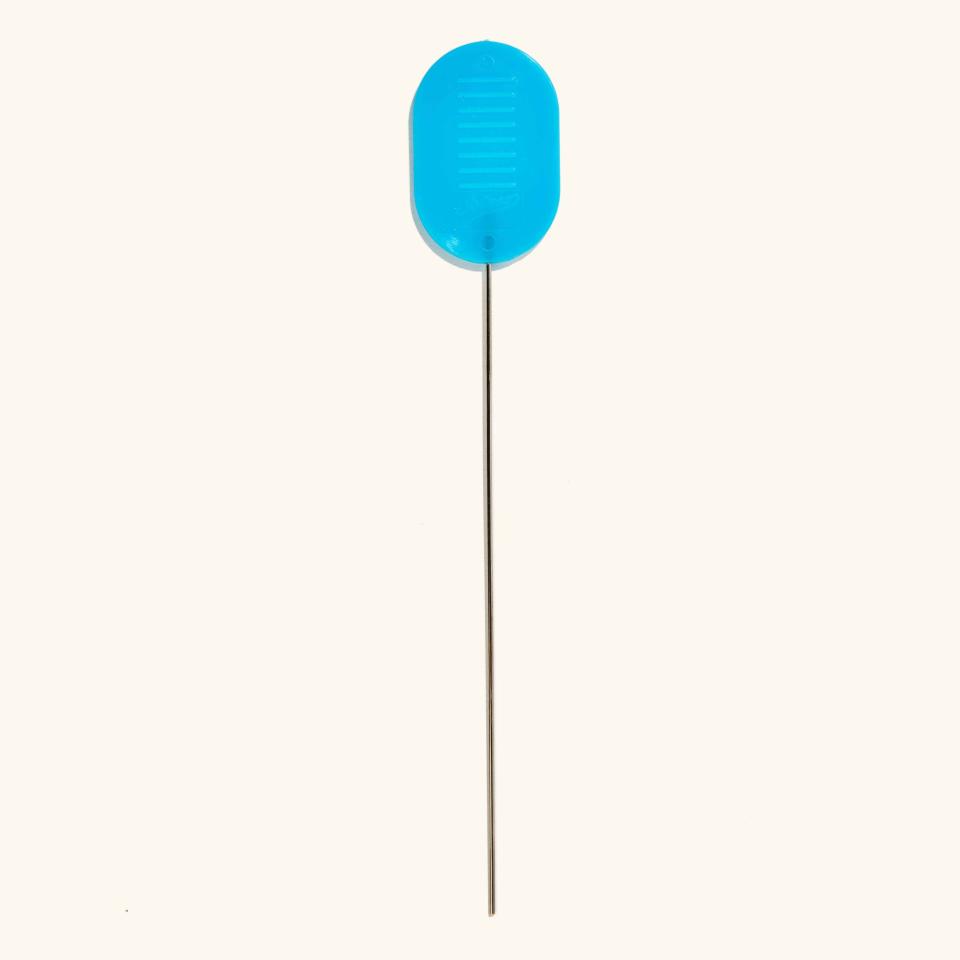Toothpicks Are the Only Cake Testers You Need
This article is part of the Basically Guide to Better Baking, a 10-week, 10-recipe series designed to help you become a cooler, smarter, more confident baker.
Imagine your last name is “Singer” but you were destined to be a dancer. That’s exactly the kind of battle a manufactured “cake tester” is up against. I constantly reach for it for tasks around the kitchen (prodding a boiling potato, poking a steamed squash, unraveling a tight knot, sure), but I never use it for its eponymous job. The somewhat-harsh reality is that cake testers, while handy in so many ways, simply aren’t great (or even good) at testing cakes. But you know what little tool does excel at assessing the doneness of a cake? A toothpick.
So whenever I'm at the point of the recipe where I have to insert a cake tester, I follow in the footsteps of Chris Morocco, the great baker Alice Medrich, and my mom, all of whom swear by the toothpick. Its rough, uneven surface means that crumbs will adhere, and its light color makes it easier to judge the moisture level of the cake. If you don’t have a toothpick, a thin bamboo skewer can stand in its place.

Officially-sanctioned cake testers, on the other hand, are made of stainless steel and therefore too slippery to show the full range of what’s happening inside the pan. Sure a metal cake tester might come out coated in a sheen of batter (your cake is not done), but it can’t communicate the breadth of possibilities. Crumbs don’t cling; slight moistness isn’t visible because the tester won’t change color when it’s damp. A cake tester gives you one of two answers even though you’re probably searching for a more nuanced response.
No matter what tester you’re using, it’s just as important to follow all of the recipe’s cues for doneness. In Sohla El-Waylly’s Cardamom-Pistachio Carrot Cake, for example, a cake tester would likely come out clean before the cake is fully cooked. A toothpick would give you a more accurate reading, but for this cake (and for many!), it’s important to touch it with your finger. If it feels foamy and airy and your fingerprint sinks in and leaves an indentation, give it another five minutes. Your fingerprint should spring back and you should be able to feel the density of the cake.
So while I’ll hang onto my cake tester—one day I might even use it to judge the doneness of a fish fillet—I might call it by a different name, like prodder or poker or piercer? I’ll stick to my toothpicks and, since I never use them to pick my teeth, I’ll call them “cake testers” instead. Got it?
Get the recipe:
Cardamom-Pistachio Carrot Cake
Originally Appeared on Bon Appétit


